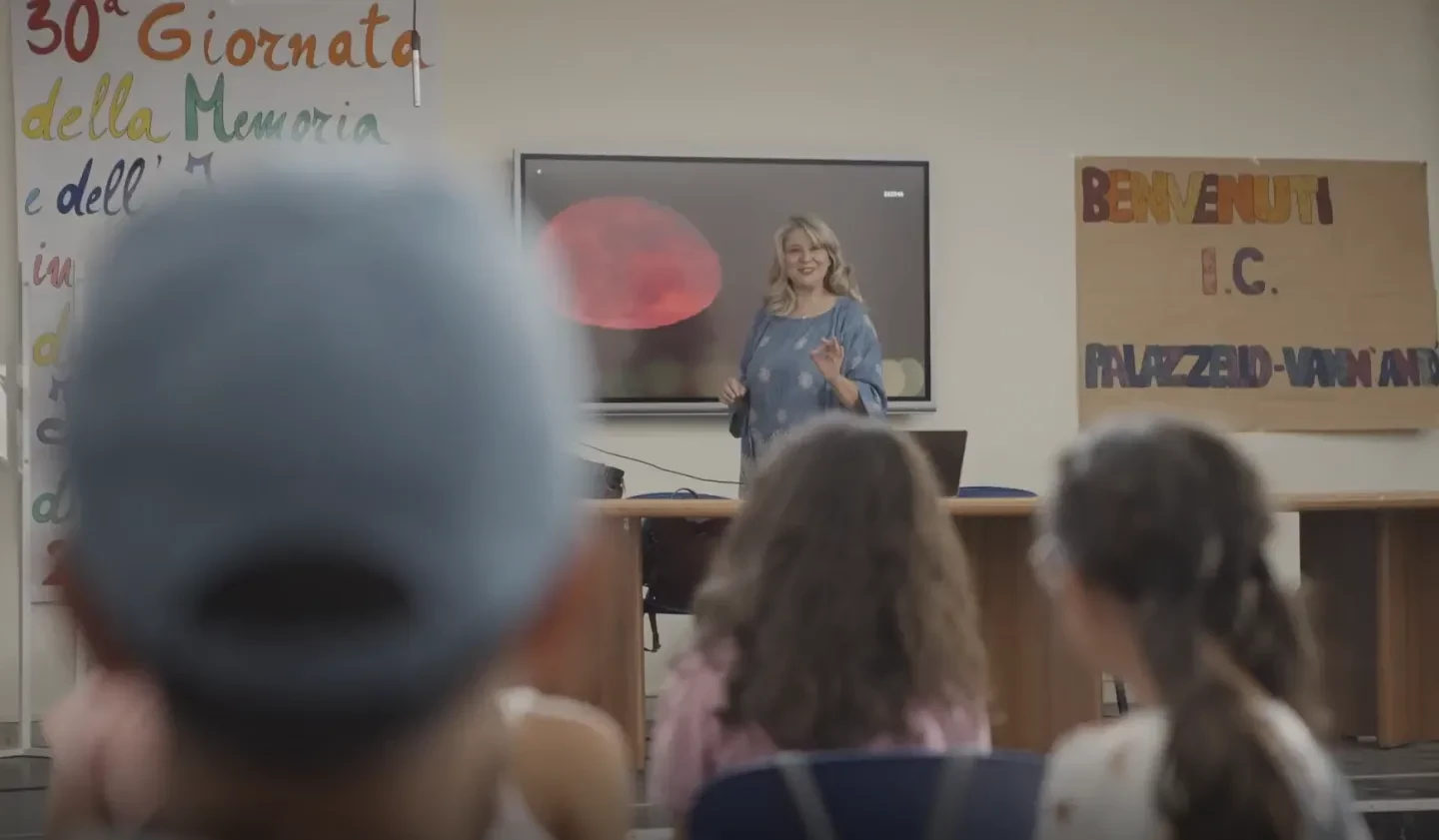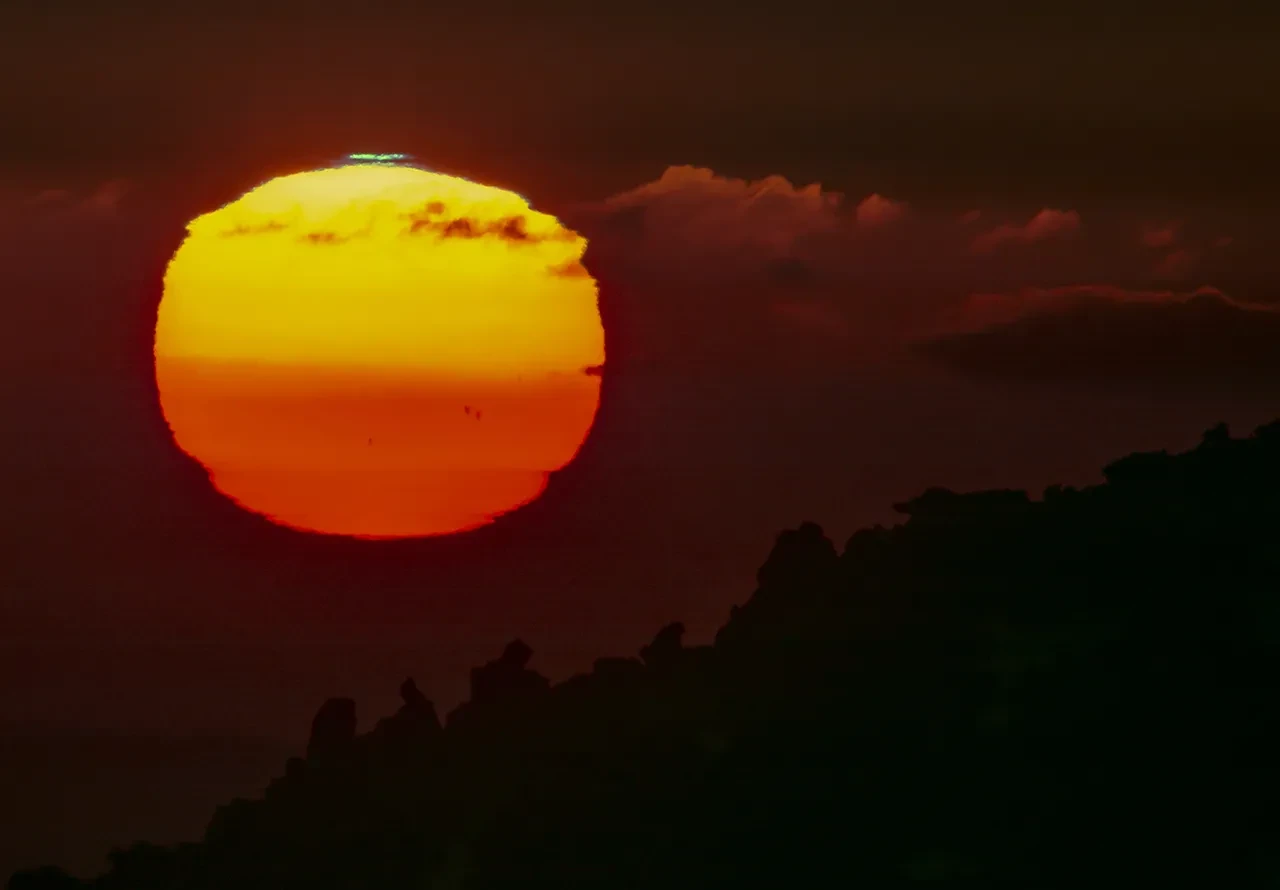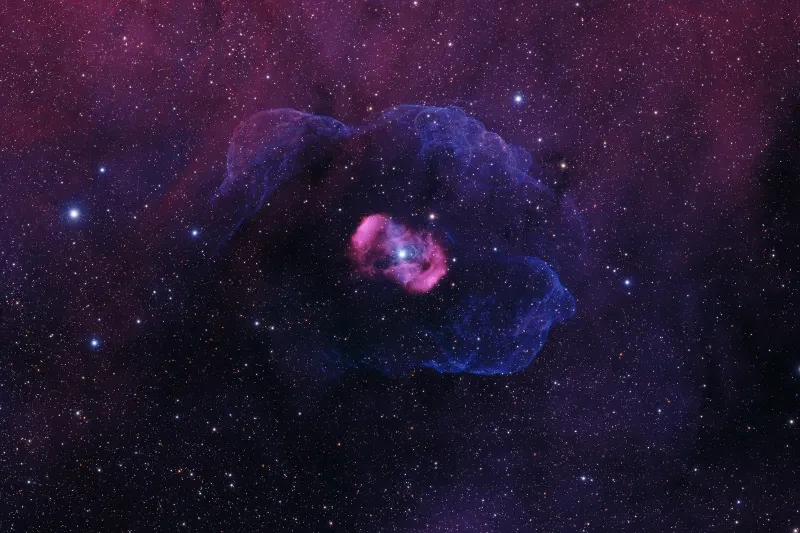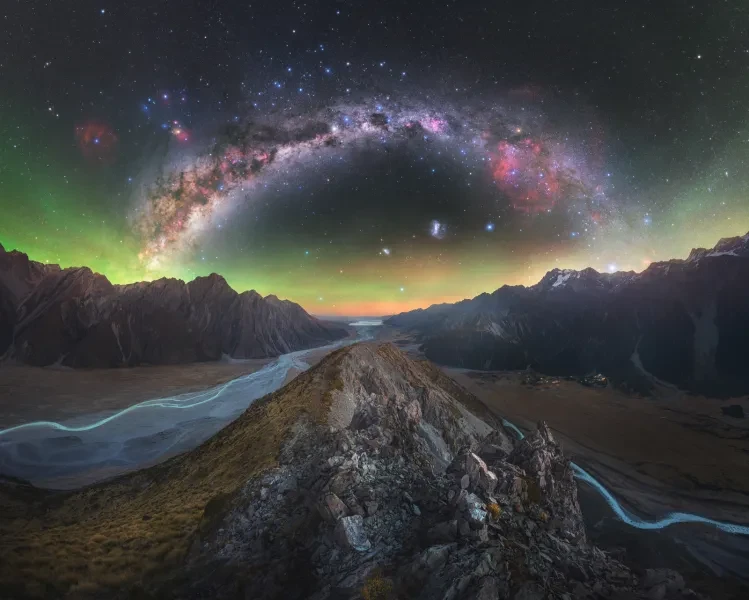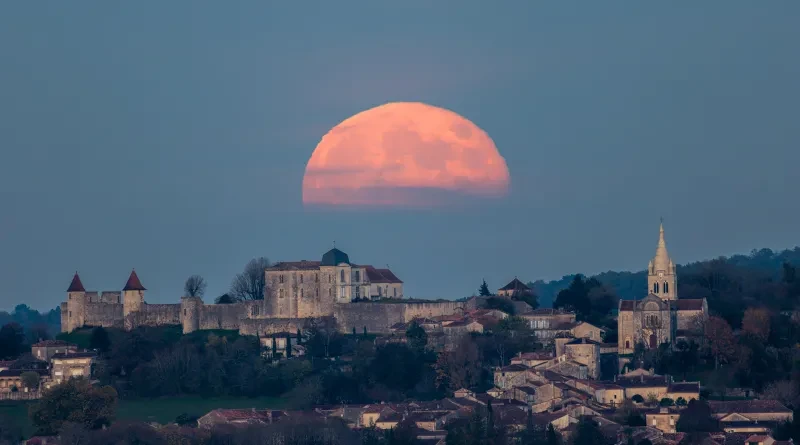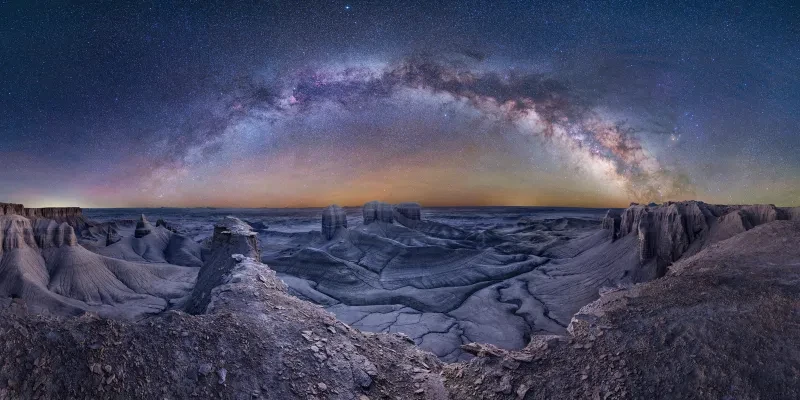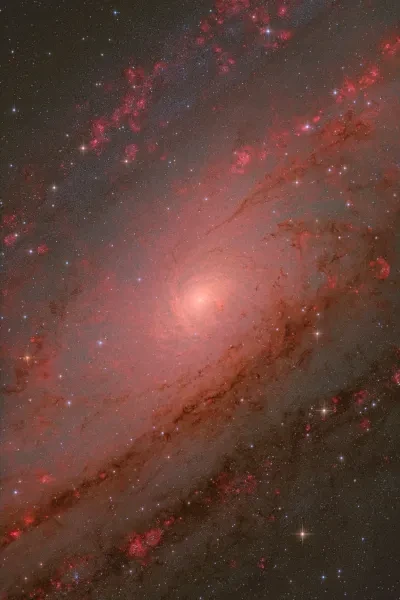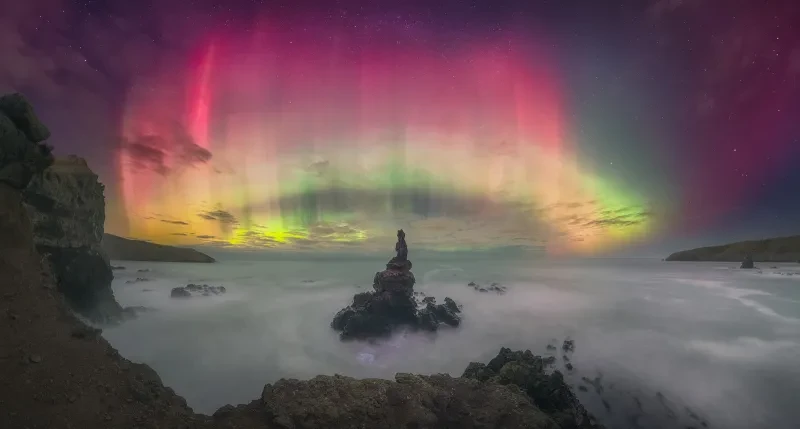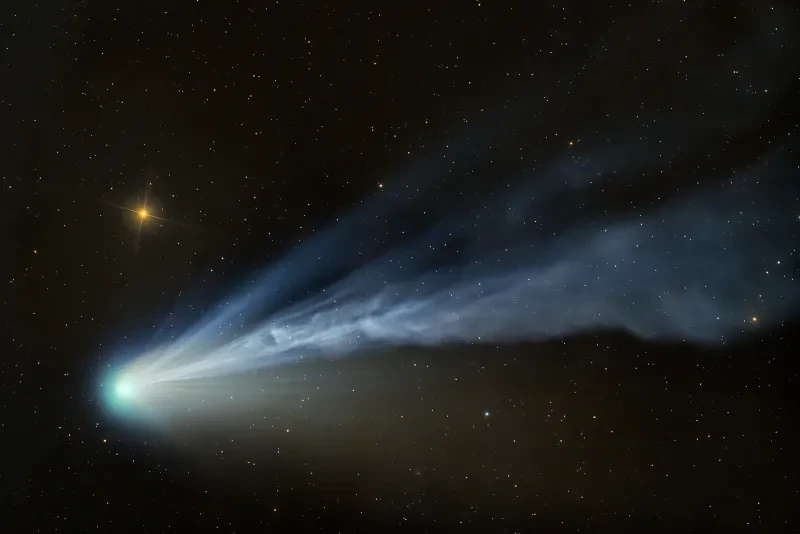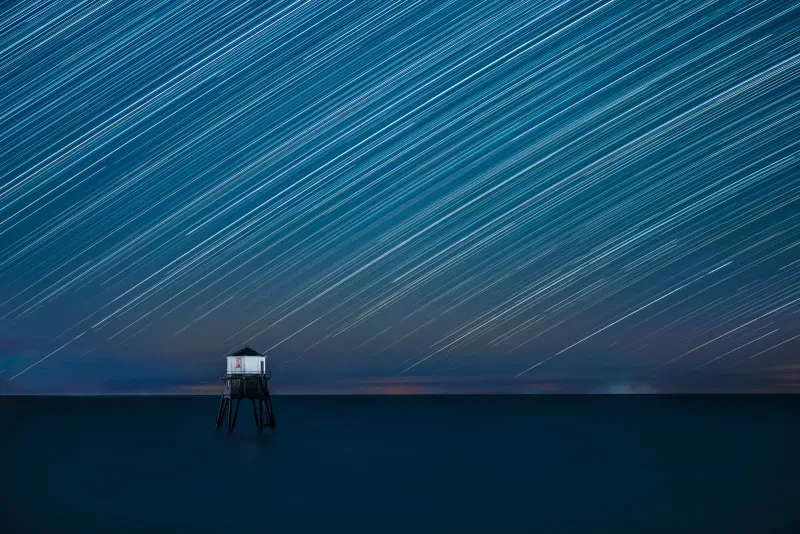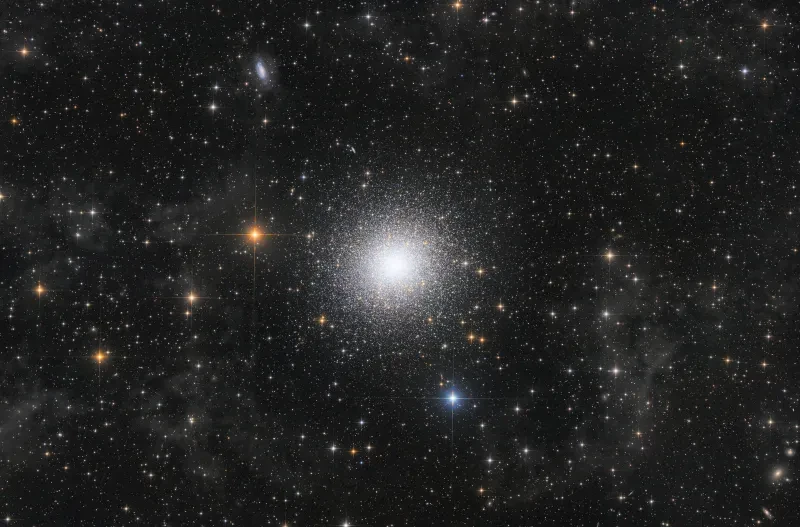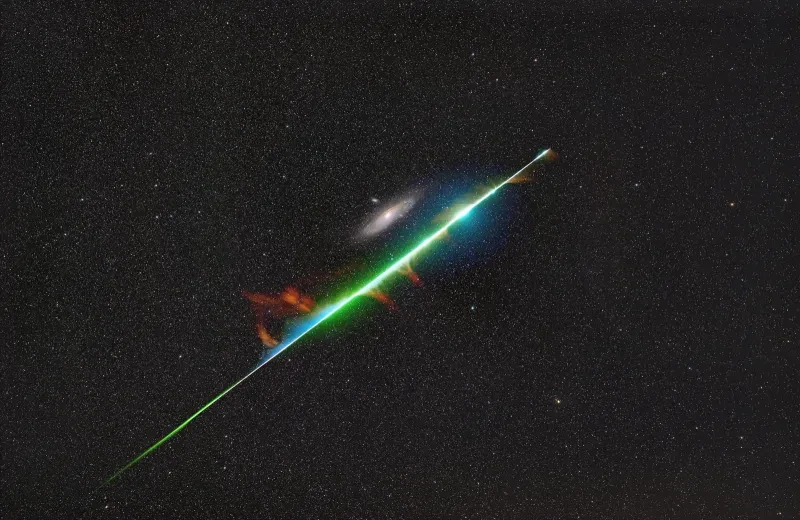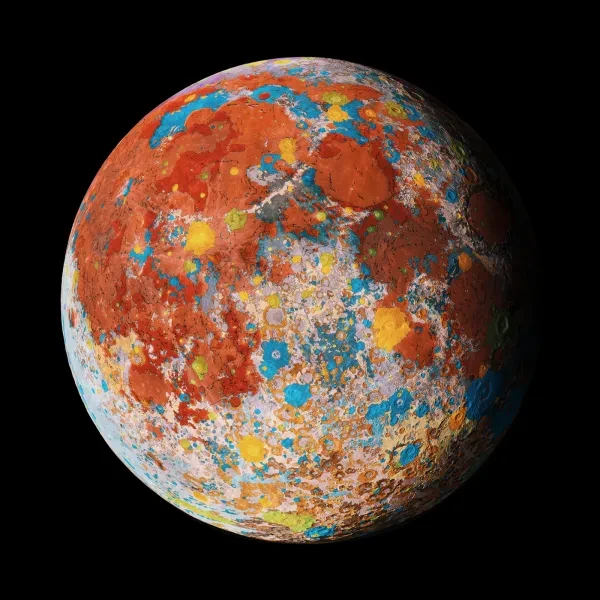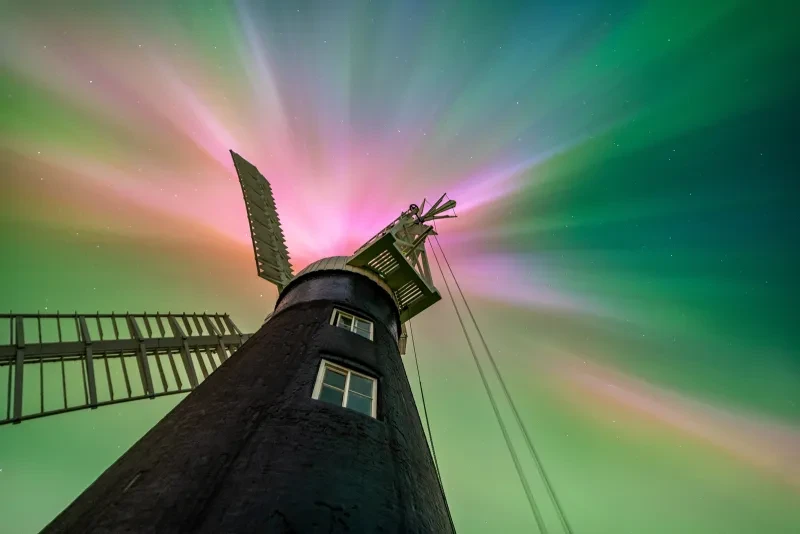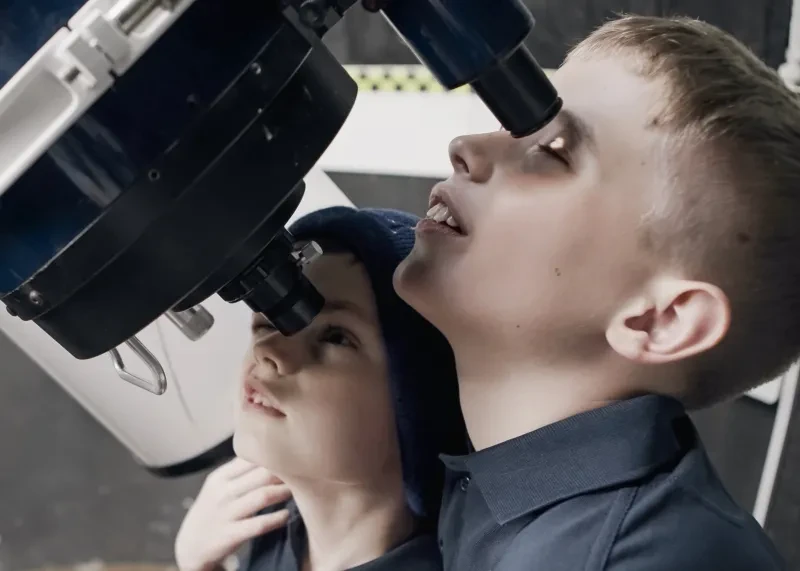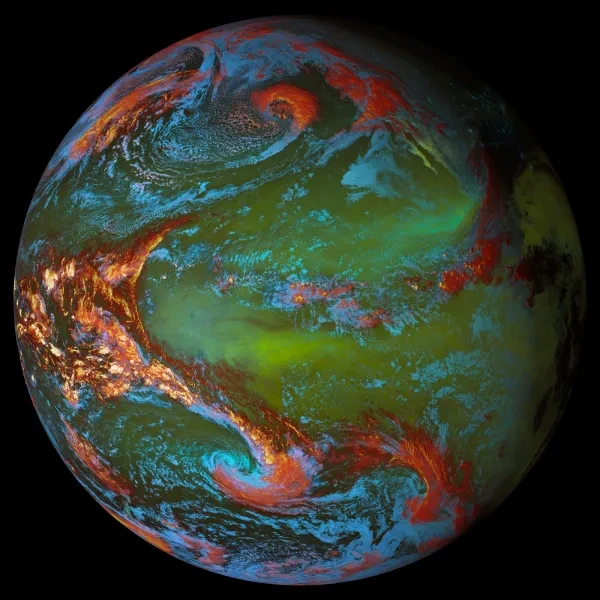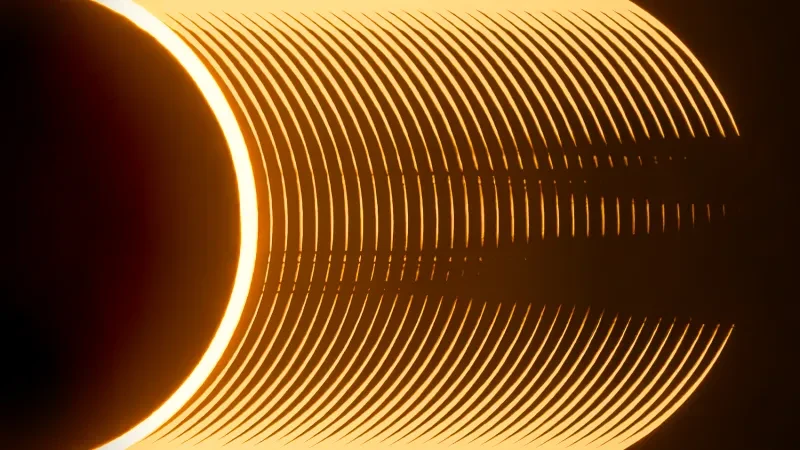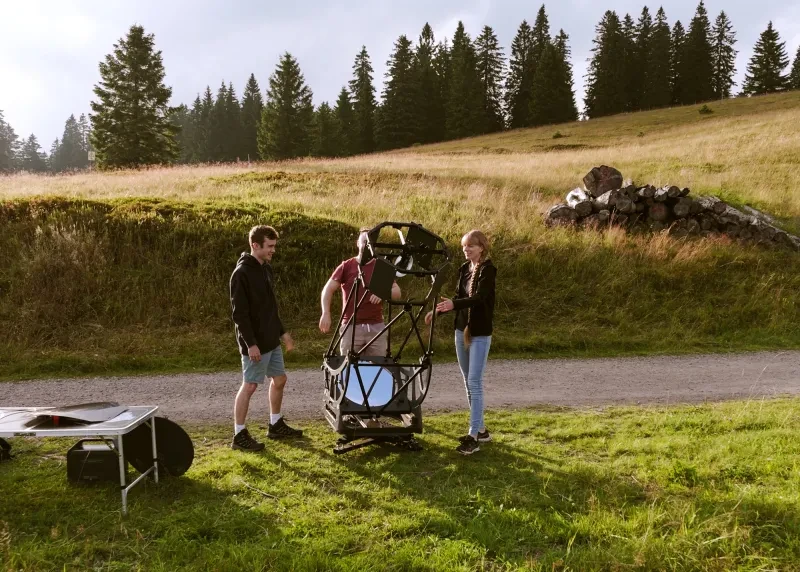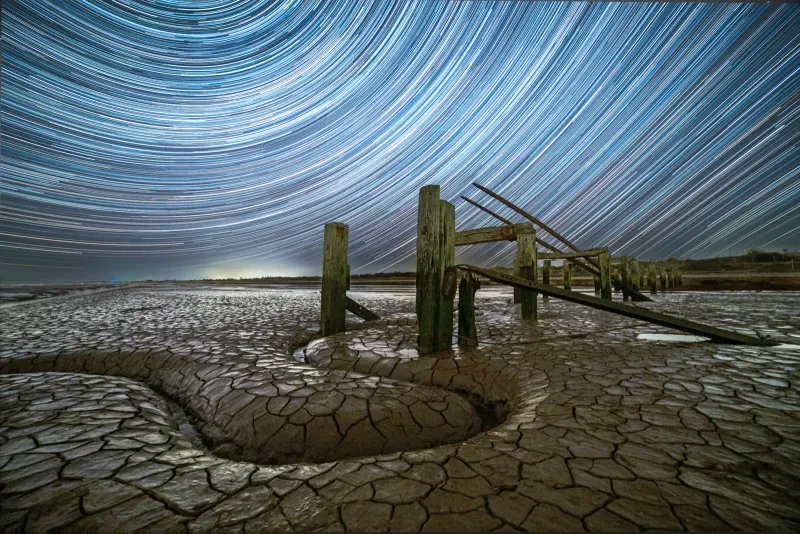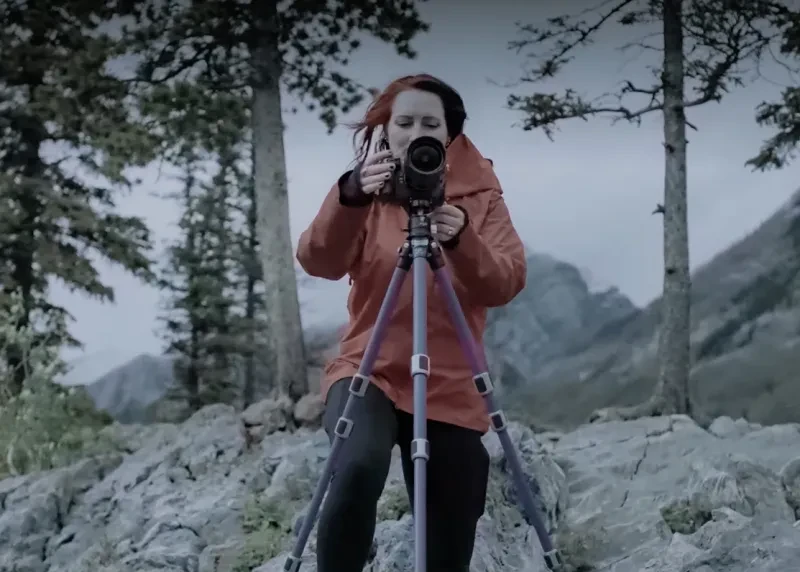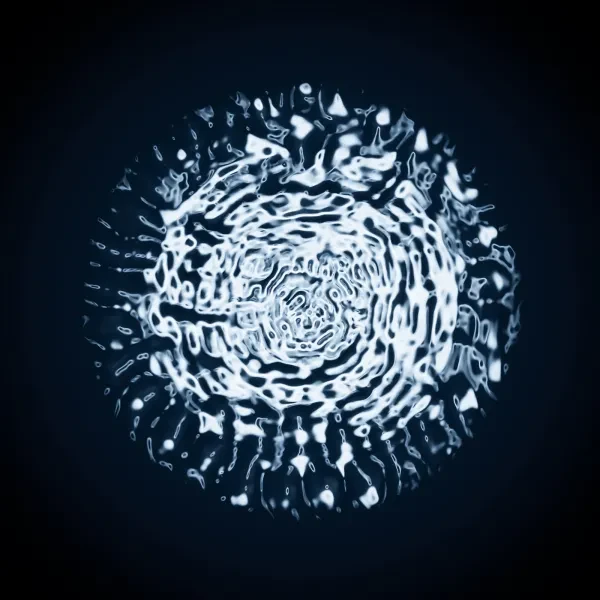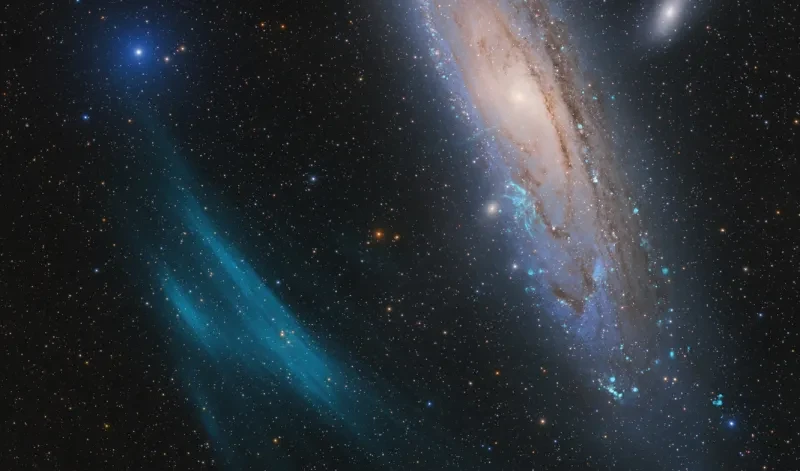
While Earth's atmosphere can sometimes be a problem for astrophotographers trying to take clear images of the cosmos, occasionally the distortion it causes can result in some interesting photos.
Marcella Giulia Pace is a primary school teacher from Sicily. Her image, The Trace of Refraction, was the winner of the Our Moon category in ZWO Astronomy Photographer of the Year 2025.
Combining 19 shots of the Moon as it rises over the sea, the image captures the unique colours and patterns created when light from our Sun, reflected off the Moon, is distorted through Earth’s atmosphere.
Watch the video below to learn more about Marcella, her award-winning photo, and how she shares the wonders of space with children and the local amateur astronomy community.
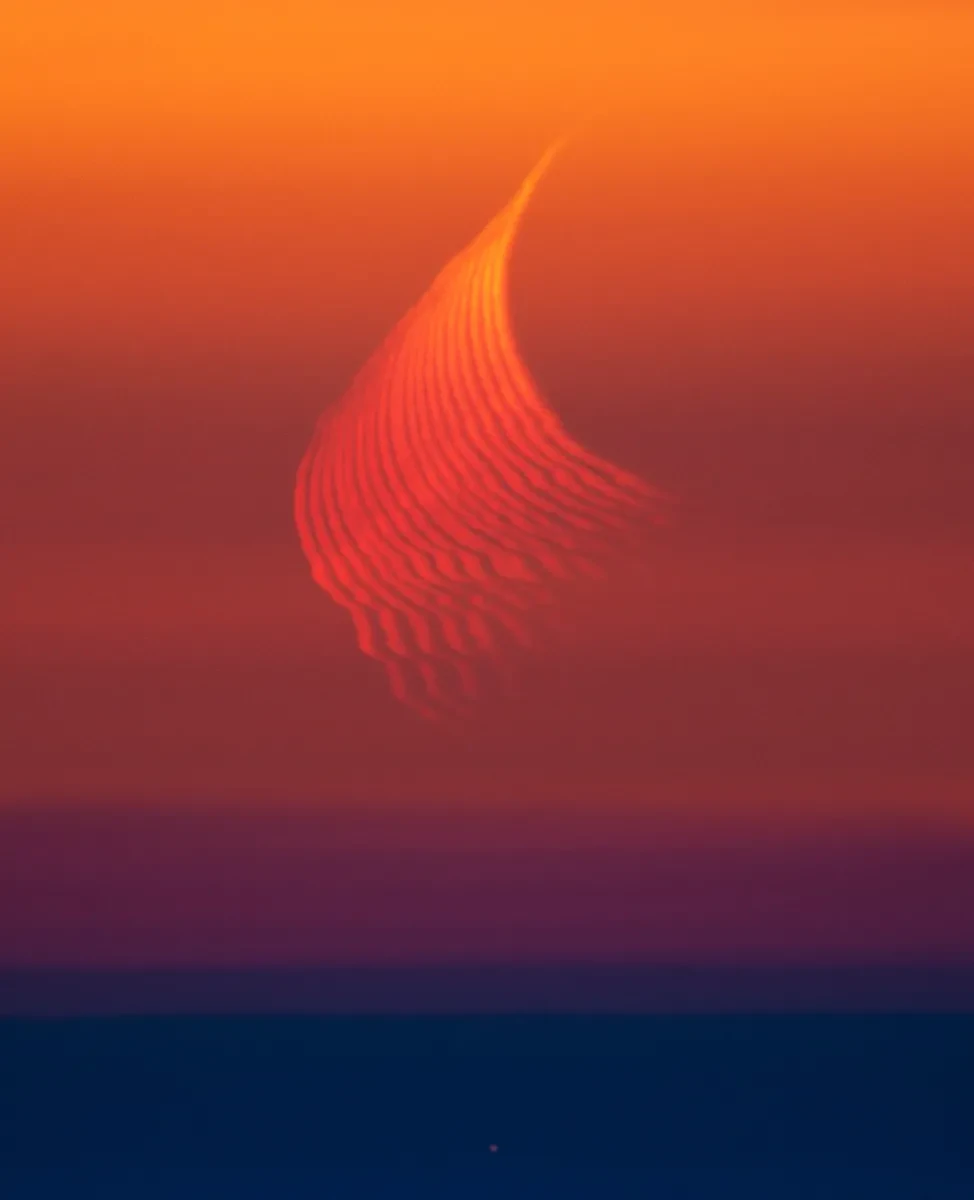
The Trace of Refraction
By Marcella Giulia Pace
"We often see pictures of the Moon setting, the distortion of the atmosphere playing with its contours. But this image vividly shows just how much distortion is possible at the very edge of the horizon, stretching and wrinkling the lunar limb as if the ground is a black hole drawing the Moon towards it.
"A single sliver from it would be beautiful in its own right but when part of a well-crafted sequence it becomes a fascinating montage of a daily occurrence we never get to see in this way.”
- Steve Marsh, competition judge
Inspired by magic
Marcella says, "Ever since I was a child I was always keen to see things beyond what they first look like. That’s why over the years I’ve become interested in magic tricks and optical illusions. Everything we see can trick us, just like an illusionist or magician."
She continues, "For me, the sky has always been a wonder, especially when you look carefully. The atmosphere is a very magical element because it distorts our perception."
About the image
"My image The Trace of Refraction isn’t a single image, it's the combination of 19 different shots,” says Marcella. “It captures the phenomenon of atmospheric refraction, where moonlight passes through dense layers of Earth’s atmosphere near the horizon, bending in a manner similar to light rays through a prism."
She explains, "The redness of the Moon can be explained by a process known as Rayleigh scattering."
Rayleigh scattering is when smaller particles in the atmosphere scatter shorter wavelengths of light, resulting in longer wavelengths, namely red, being more predominant.
Marcella continues, "This effect is accentuated when the Moon is low on the horizon, making the spectacle even more breathtaking."
Inspiring the next generation
By day Marcella is a primary school teacher. She organises classes about astronomy and astrophotography for her pupils, hoping to inspire them with the wonders of space.
She says, "This is to bring children closer to knowledge, so that that one day they can flourish in, who knows, something new. That's what happened to me - when I was in school, one of my teachers inspired me with astronomy lessons."
Outside of the classroom, Marcella is part of a community of people who share her interest: “I also belong to a club of amateur astronomers and our aim is to spread astronomy here in the province, and beyond to the Region of Sicily.
“We often meet in the evenings to either observe with telescopes, or to do group photography to offer support, or give each other advice on how to take shots.”
As for what advice Marcella would give to people looking to take up astrophotography, she says, “My only advice would be: take images of what goes beyond the ordinary.”
